Sustainable wellbeing and green living
Let's find ways to Flourish!
My Green Kitchen Renovation
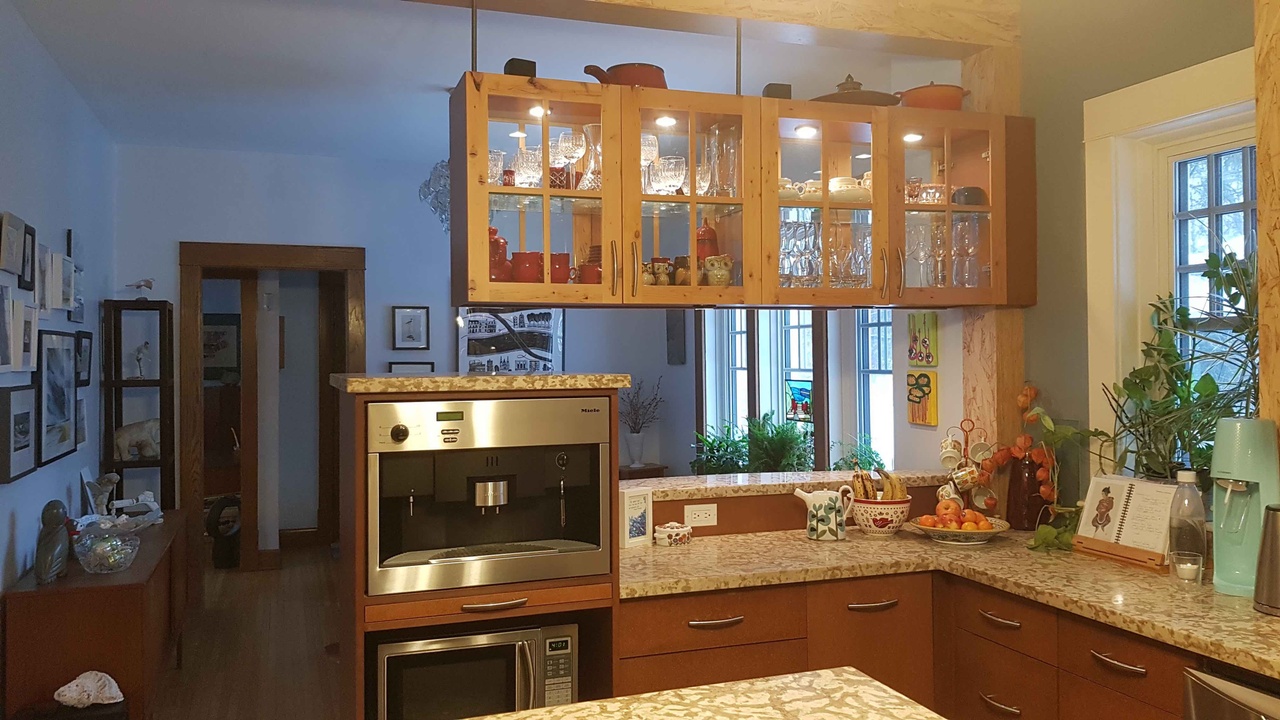
It was back in 2006 when my husband A.J. and I began to have the big discussion, as many couples eventually do...should we renovate?
Our house was built in 1918 and had many benefits of an older home such as quality craftsmanship, durability and lovely old trees lining the street. However, it also had some of the downsides of older homes, including a kitchen that was separated from the dining room by a wall and a rather poorly done upgrade that was at least a few decades old.
So, we decided to dive into the project and do a renovation of the kitchen, including opening it up to the dining room and doing it as sustainably as possible! I was already teaching sustainability and working in the field, so I knew that I wanted to do something that reflected these values.
And we knew that we wanted to achieve a more functional space, as most of the cupboards and appliances were all clustered in one corner. The cupboards were from about the 1950s or perhaps earlier, and every time you opened ...
What is TOD and why do we love it?

When it comes to incorporating sustainability into the built environment, it is important to acknowledge one key fact: we are living in a highly interconnected and globalized world. This is reflected in the way our cities are designed, as well as the movement of people within and between cities around the world.
This widespread travel within and between cities is able to occur due to the advent of modern transportation methods such as trains, busses, subways, automobiles, and planes. Unfortunately, one particular method of transportation has significantly influenced the design of our cities…and not in a good way!
Yep, you guessed it: the automobile. Automobiles are notorious for their contribution to urban sprawl, the uncontrolled expansion of urban areas.
Thanks to urban sprawl, it has become so much harder to get places on foot or take public transportation as your main method of getting around. For example, many North American cities have been designed specifically for automobile...
What simple trick reduces air pollution and saves money? Idle-Free Zones

Most people are aware of the fact that vehicles have a negative impact on the environment through their use of fossil fuels. Fossil fuels release harmful pollutants such as carbon dioxide into the atmosphere, effectively contributing to global warming. However, what you might not know is that vehicles produce 12% more emissions when idling than they do while driving.
What exactly is idling? Idling is running your engine while your car isn’t moving. If you are a vehicle owner, then there is a good chance you have been guilty of this practice. After all, driving isn’t always an efficient method of transportation. You might often find yourself hitting every red light or getting stuck in traffic.
In fact, there are many reasons why drivers idle.
Why we idle vehicles
One of the main reasons why drivers idle has to do with weather conditions. If you live in a location that suffers from very cold winters or scorching hot summers, you’ll be familiar with the practice of warming up or cooli...
The Natural Step for strategic sustainability

"If we think systematically, we will stop asking, How much is nature worth? We will know that we are a piece of nature ourselves." - Karl-Henrik Robèrt, The Natural Step Founder
Want strategic sustainability in your organization? Use The Natural Step method.
The Natural Step is a global network of non-profit organizations with a collective vision of a sustainable society and a mission to facilitate this transition.
With partners in 54 countries, The Natural Step International is striving to transition towards a fully sustainable global society by taking actions to support ecological, social, and economic sustainability. It is a science-based holistic approach that encourages work across disciplines to plan effectively.
The Natural Step was founded in Sweden in 1989 by scientist Karl-Henrik Robert. Robert outlined 4 system conditions for the sustainability of human activities on earth.
These 4 conditions are the basis for the Natural Step mission, which also consists of a fram...
How to build Climate Resilience

Climate change is already underway despite any efforts we may take to mitigate its impact or cease environmentally-destructive behaviours and activities.
This means that we should not only be reducing our environmental impact, but become resilient to the impacts of climate change as well. Countries, cities, communities, and individuals need to be able to cope with extreme weather events, sea-level rise, and other climate impacts.
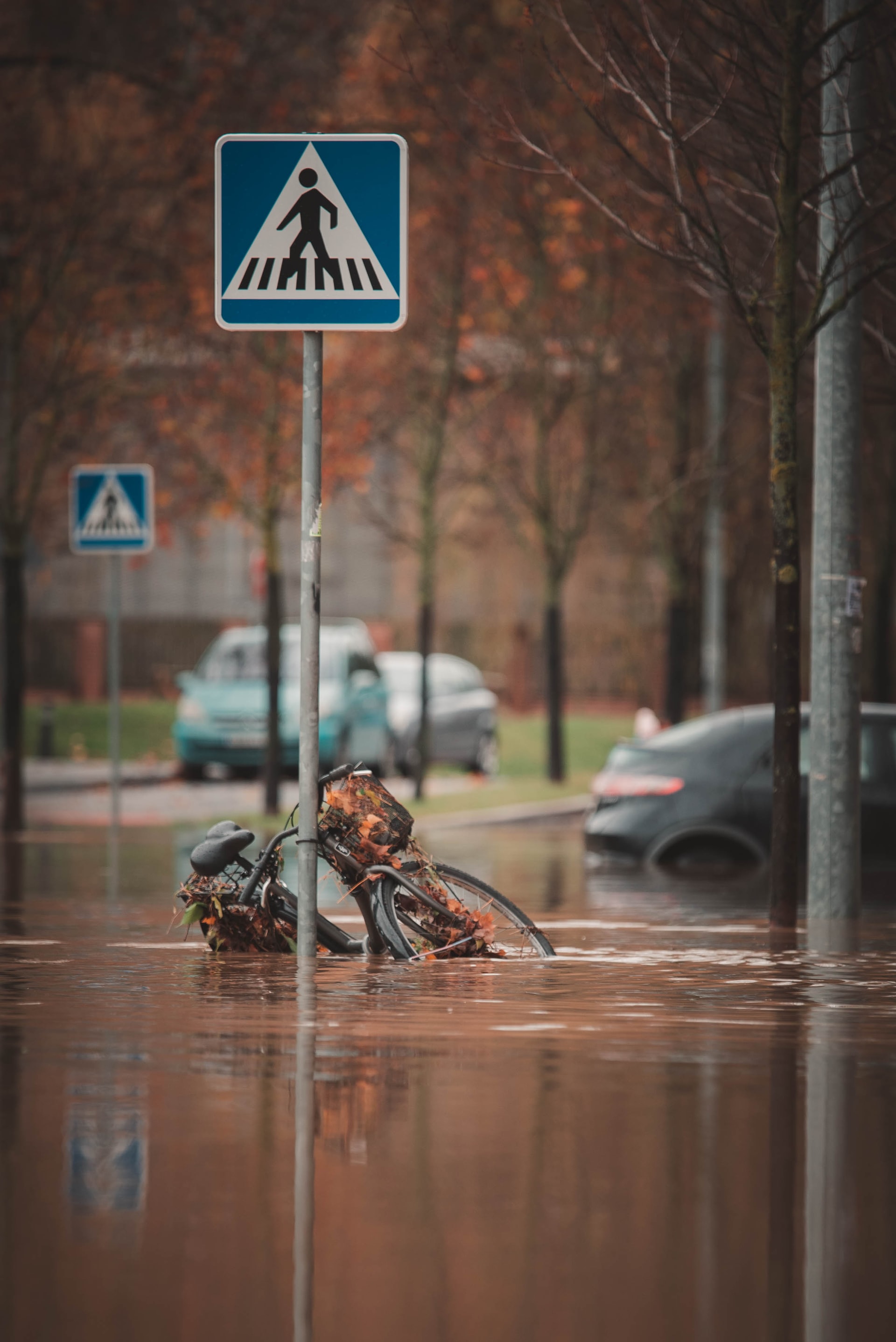
According to the Centre for Climate and Energy Solutions, climate resilience is “the ability to anticipate, prepare for, and respond to hazardous events, trends, or disturbances related to climate. Improving climate resilience involves assessing how climate change will create new, or alter current, climate-related risks, and taking steps to better cope with these risks.”
Resiliency really is key to building a safe and sustainable future.
Resilient cities and communities
Resiliency must be tackled at all levels. In the public realm, it is important for c...
What's Your Walk Score?

We all know that walking or other means of active transportation is great for your health, yet it can be difficult to fit exercise into our schedules. But if you think about it, that is because exercise is no longer how we get around! When you live in a walkable neighbourhood or city, just getting from point A to point B might fulfil your daily exercise/movement goal.
And, being able to walk, bike, or use other means of active transportation in order to get around significantly decreases our environmental impact. While personal automobiles burn fossil fuels, therefore contributing to carbon dioxide in the atmosphere, getting around by foot leaves zero pollution behind.
So, have you ever found yourself wishing you were able to quantify the walkability or overall environmental friendliness of a city or urban area?
This kind of information can be really useful when it comes to finding a place to live or travel to.
Walkability is also financially advantageous. North American househ...
This is What Smart Growth Looks Like
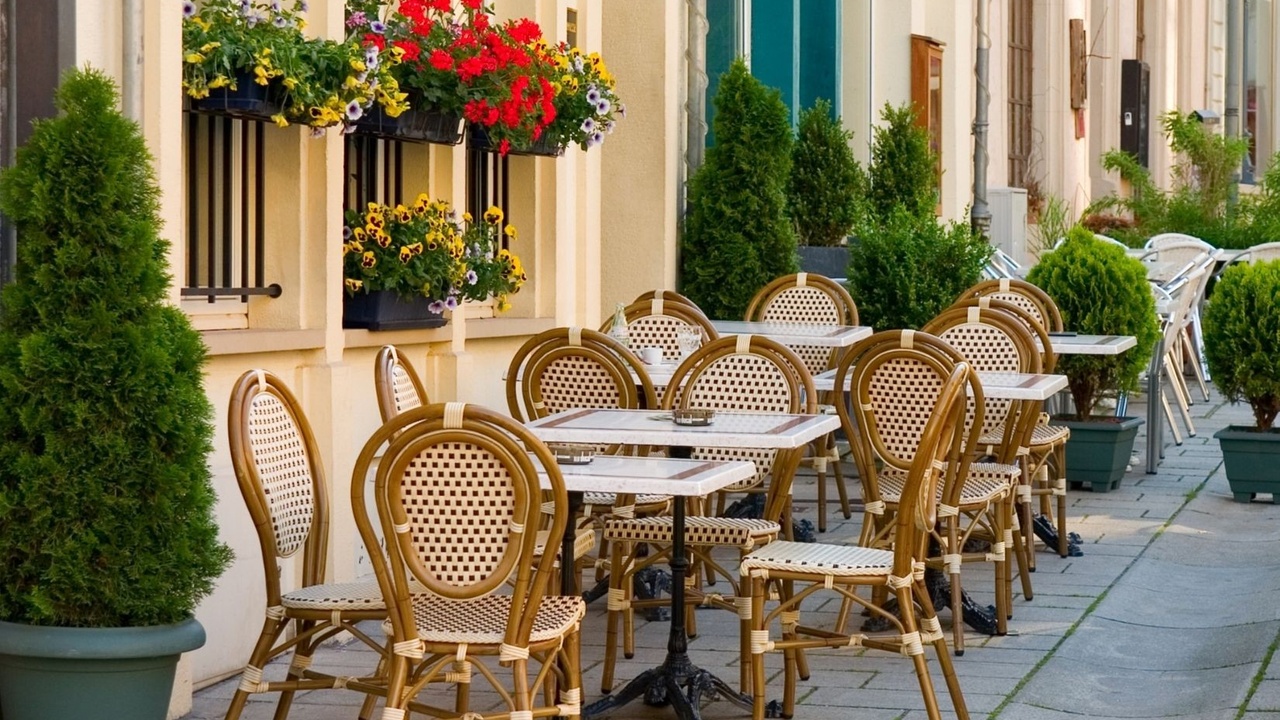
It’s no secret that North American cities have some serious urban planning issues which jeopardize the environmental sustainability and overall livability of urban areas. For example, urban sprawl, the rapid expansion of development on the peripheries of cities, is extremely common. This is an issue, as this new development is usually characterized by low density residential housing and single-use zoning, therefore increasing reliance on private automobiles for transportation. With suburban sprawl, we often see inner cities deteriorate as social inequality increases.
So, how do we remedy these issues? With land use and development practices that work to reduce urban sprawl and promote healthy, liveable, and enjoyable cities. Smart Growth is a term which is used to describe this type of sustainable development. As urban populations continue to increase, we need to plan our communities in a way that is environmentally, socially, and economically conscious. In other words, in a way that ...
Possibilities in abandoned rail lines

Innovation and creativity are two very important elements when it comes to the creation of healthy, sustainable, and overall enjoyable cities. When presented with challenges, we need to be able to see opportunities and create positive change in order to make the most of the spaces we occupy.
As technology improves and cities evolve, many cities are left with unoccupied buildings, vacant plots of land, as well as aging and abandoned infrastructure. For example, many railway lines become abandoned over time, leaving unused tracks running through cities and taking up space. In the United States, and elsewhere around the globe, tens of thousands of kilometers of railroad were abandoned between the years 1965 and 2005.
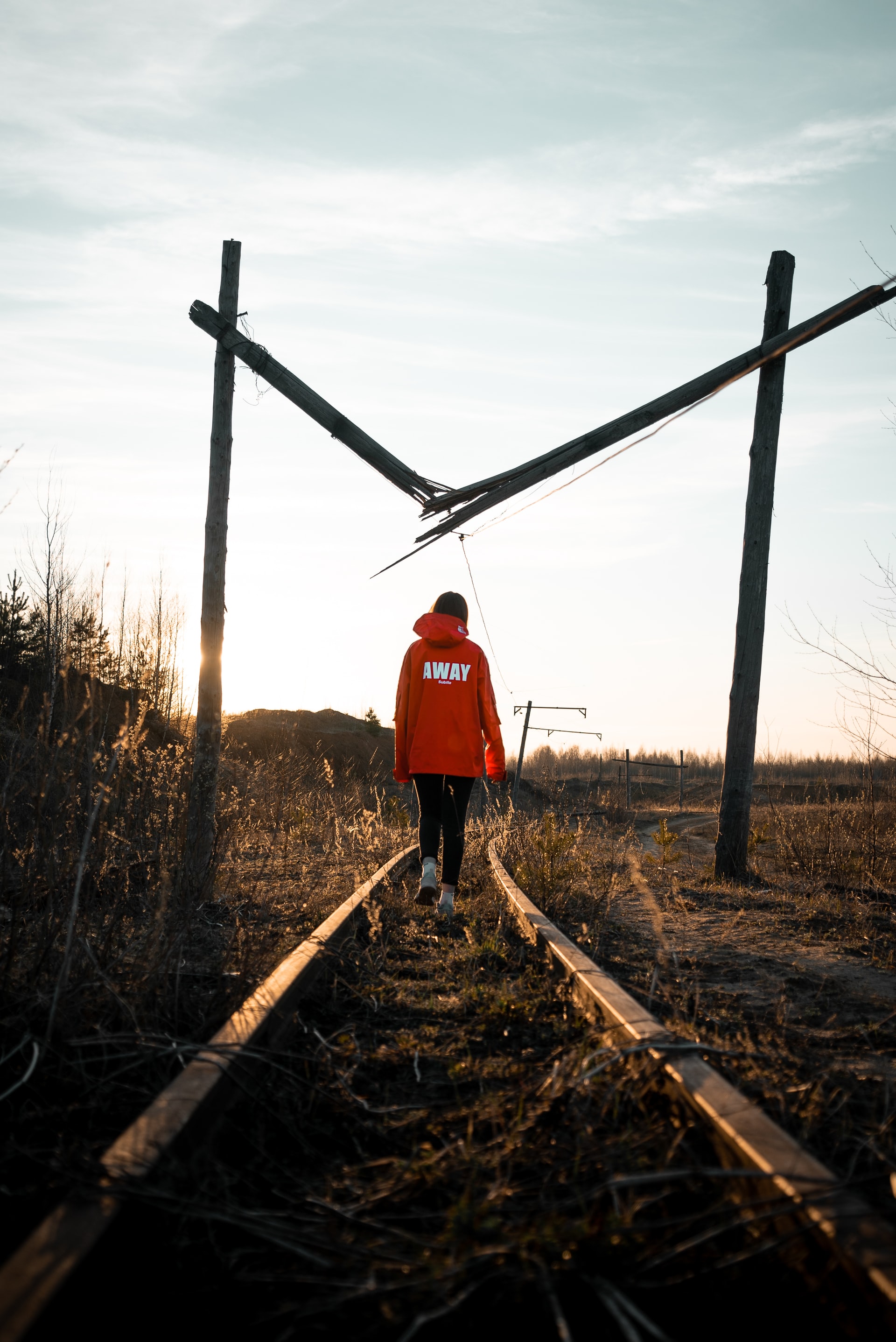
Railway lines are abandoned for a number of reasons. One of the most common reasons is due to lack of use and poor profits due to competing methods of transportation. Whereas trains used to be the dominant method of transportation in Canada and the United States, contribu...
Why bicycle parking garages make a difference

Cities are beginning to adjust their infrastructure in an effort to become more inclusive when it comes to active transportation methods. Active transportation is any kind of human-powered form of travel. This includes walking, cycling, running, skateboarding, rollerblading and more.
One method of active transportation in particular is quite popular and has the potential to really transform the way we use our roads and build our cities. As you might have guessed…this method of transportation is cycling!

Ever since the COVID-19 lockdowns, there has been a dramatic increase in bicycle sales around the world. It’s no secret that people have been exploring new hobbies over the course of the pandemic, and this so-called bike boom might result in significant and long-lasting changes when it comes to the way we get around in our cities.
For example, many cities around the world have taken measures to create more space for bikes on the road. In Paris, hundreds of kilometers of pop-up cycl...
Can road design reduce carbon emissions?
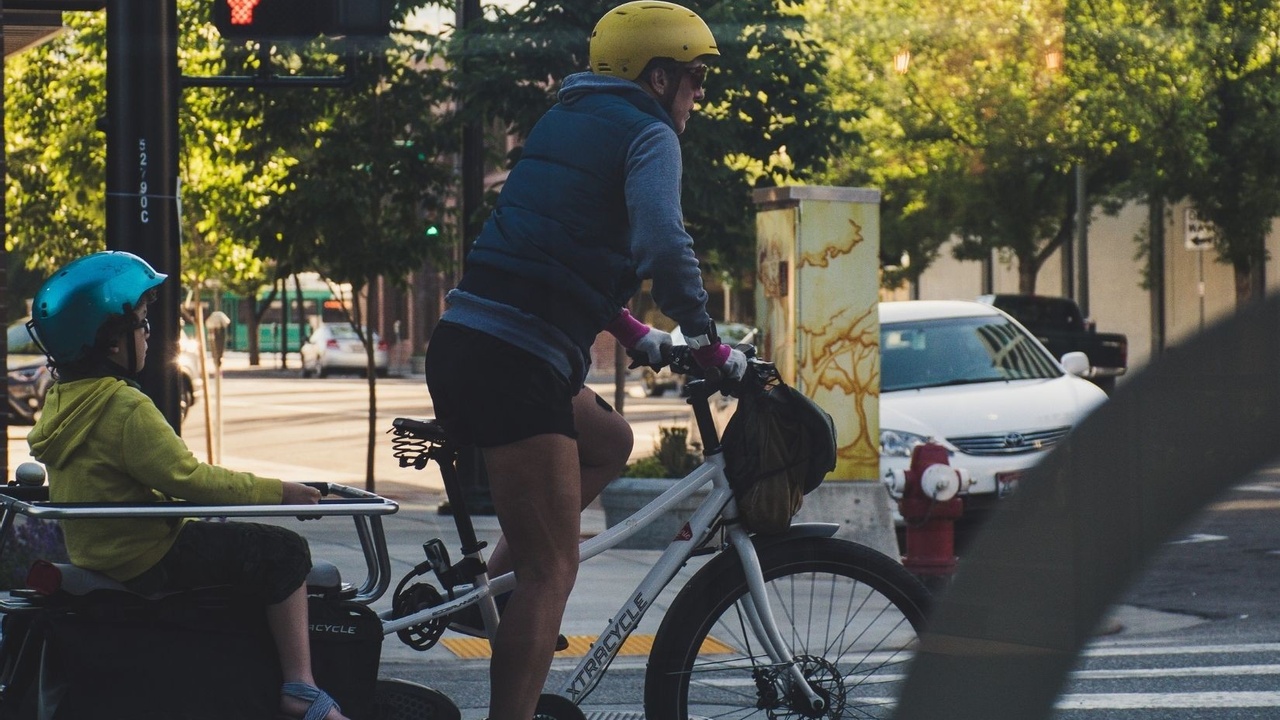
Reducing the prevalence of cars in cities is an important part of creating more sustainable cities. We know that automobiles emit harmful pollutants such as carbon dioxide and reduce walkability, so we need to ask ourselves, “what can we do to minimize their usage?”
While there are many methods of reducing automobile usage, such as the promotion of active transportation through the creation of urban walking trails, bike lanes, and the utilization of Transit Oriented Design, the reality is that vehicles will continue to be used for quite some time.
For one, they are practical when travelling long distances and can accommodate large groups of people (ie. busses). In addition, electric vehicles are gaining popularity which means that the overall environmental impact of automobiles will be reduced!
Prioritizing road safety
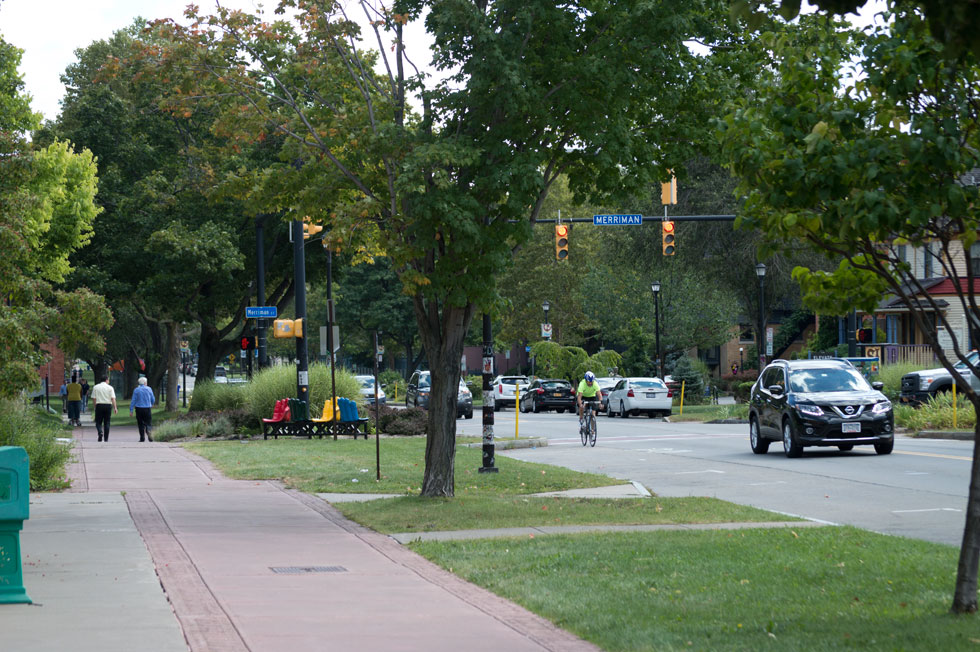
Photo sourced from: Streets for the People
This is why it is necessary to make our roadways as safe as possible. As long as vehicles are around, they pose a serio...

